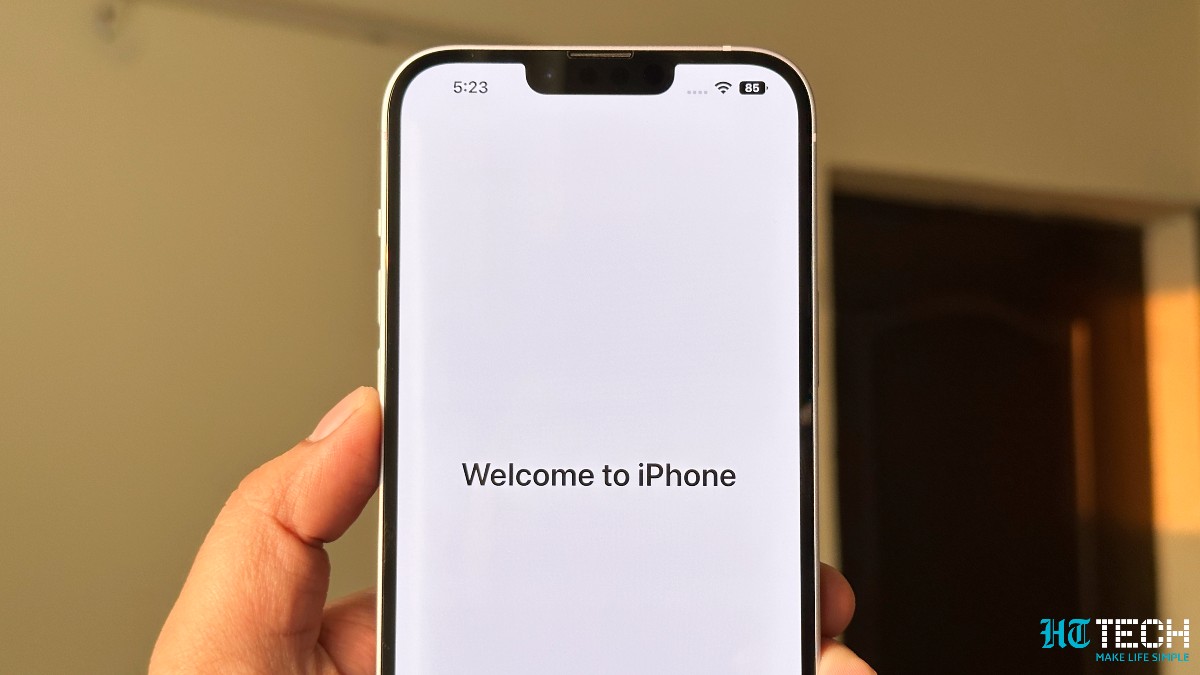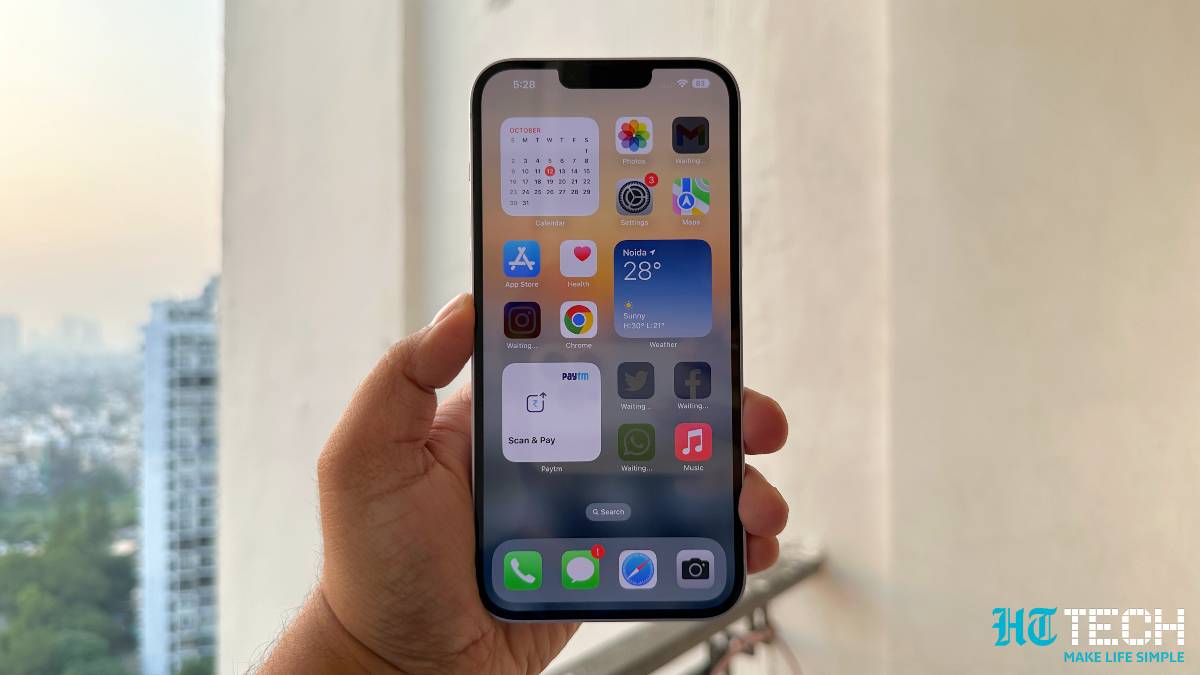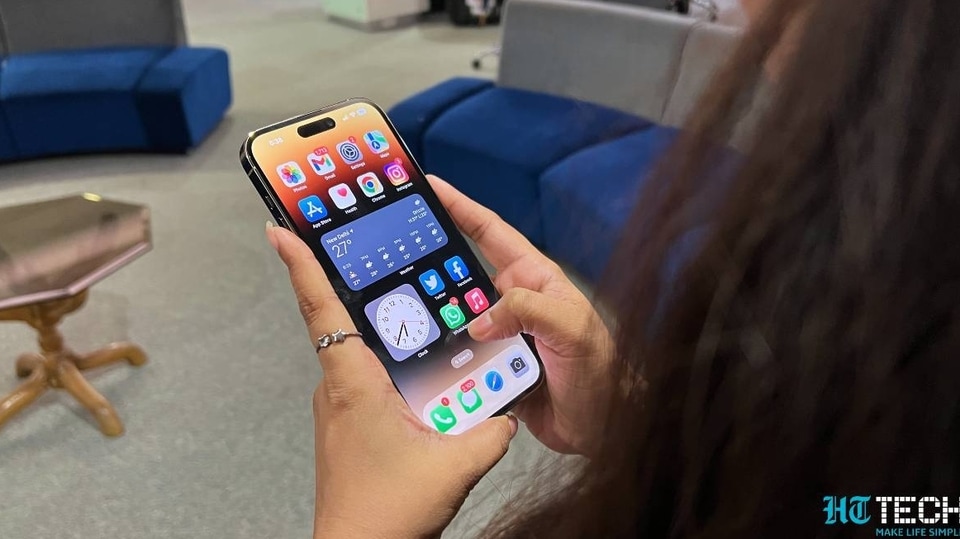Forget iPhone 14, world's fastest phone coming; Check out this mind-blowing tech
The iPhone 14 series is one of the fastest smartphones on the planet. But it is nothing compared to what this tech can offer. Check what the world’s fastest phone is set to contain.






 View all Images
View all ImagesWith the launch of the iPhone 14 series, we have witnessed what the Apple A16 Bionic chipset is capable of and it is extremely fast. On the Android side of things, we saw the Samsung Galaxy Z Fold 4 flaunt the Snapdragon 8+ Gen 1, a comparable beast to the A16. With 5G knocking at our front door, the world is already wondering how fast the next generation will be. However, if smartphone makers must keep up with this battle of increasing internet speed and processing power, they must first tackle a big hurdle. How to make the hardware to offer that kind of speed and power. But a new and surprisingly simple machine can potentially be a game changer and offer us the world's fastest phone, making you forget the iPhone 14. Read on to know more about it.
The tech that can create the world's fastest phone
Nanowerk, a nanotechnology portal, reports on this fascinating technology. But first, let us understand the problem in developing faster internet speeds for the next generation of smartphones. To receive such high frequency signals, smartphones must be equipped with antennas that can function at the range of tens of gigahertz. But for that to happen, the filament in these antennae must be braided to the thickness of one micrometer. Current industrial equipment is not capable of producing something like that and even if heavy research and development can create something that can do it, it won't come cheap.
This is where researchers at the Harvard John A. Paulson School of Engineering and Applied Sciences (SEAS) came in. In a study published in Nature journal titled ‘3D-printed machines that manipulate microscopic objects using capillary forces', they explain how a simple and cheap machine can be built to get the same results.
The machine is ridiculously simple. It uses the surface tension of water to move and manipulate microscopic objects to create grooves, braids and more and manufacture nanoscopic material. “Our work offers a potentially inexpensive way to manufacture microstructured and possibly nanostructured materials. Unlike other micromanipulation methods, like laser tweezers, our machines can be made easily. We use a tank of water and a 3D printer, like the ones found at many public libraries”, said Vinothan Manoharan, the Wagner Family Professor of Chemical Engineering and Professor of Physics at SEAS and senior author of the paper.
The machine is just a 3D-printed rectangular piece of plastic where the interior of the device has been carved to create channels with wide and narrow sections. These channels intersect at different points. The walls of the channel are made up of hydrophilic material and they attract water.
Now the easier thing to do was making the microscopic particles move in these channels and create grooves, but intersection, which is required to make braid formations, was still tricky. “The eureka moment came when we found we could move the objects by changing the cross-section of our trapping channels. It was a shout-out-loud-in-joy moment when — on our first try — we crossed two fibers using only a piece of plastic, a water tank, and a stage that moves up and down,” said Maya Faaborg, an associate at SEAS.
This is still early days for the team and now they aim to manipulate multiple fibers at once. The goal is to make high-frequency conductors and manufacturing microscopic appliances. This can truly be the birth of the kind of fast processors which are not even possible to imagine at present and may lead the way for the world's fastest phones ever.
Catch all the Latest Tech News, Mobile News, Laptop News, Gaming news, Wearables News , How To News, also keep up with us on Whatsapp channel,Twitter, Facebook, Google News, and Instagram. For our latest videos, subscribe to our YouTube channel.


























